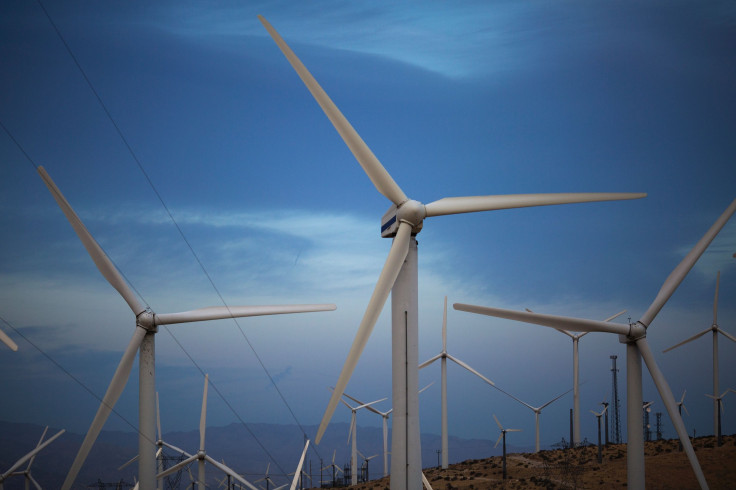Clean Energy Projects Soar To Record Levels In 2015 Despite Energy Sector Headwinds

New installations of solar, wind and hydropower reached record levels in 2015 despite the economic headwinds facing the energy sector.
Countries added a total of 120,000 megawatts of clean power capacity and another 28,000 megawatts of hydropower projects, the Renewable Energy Policy Network for the 21st Century (REN21) said Wednesday in a new report. Investments in renewable projects reached nearly $286 billion last year — more than double the amount spent to build new coal and natural gas-fired power plants.
China, the United States, Japan, the U.K. and India added the largest shares of clean power by country. However, smaller economies — including Mauritania, Honduras, Uruguay and Jamaica — invested the most in renewables projects when compared to their gross domestic products, the group found in its Renewables 2016 Global Status Report.
“What's truly remarkable about these results is that they were achieved at a time when fossil fuel prices were at historic lows, and renewables remained at a significant disadvantage in terms of government subsidies,” Christine Lins, executive secretary of REN21, said in a statement. “For every dollar spent [by governments] boosting renewables, nearly four dollars were spent to maintain our dependence on fossil fuels.”
Oil prices plummeted last year on concerns that crude supplies far outstripped demand, causing widespread bankruptcies and layoffs throughout the energy sector. Coal and natural gas prices similarly fell against a backdrop of supply gluts, sluggish Chinese manufacturing and weaker economic growth across Europe and Asia. The U.S. dollar, meanwhile, grew stronger, reducing the dollar value of non-dollar investment and discouraging spending in some sectors.
Yet the world’s economies continued adding solar panels, wind turbines, hydropower turbines, geothermal plants and other lower-carbon sources. Technology and construction costs for renewables have plunged in recent years thanks to more efficient designs, better financing deals and government incentive programs, enabling alternatives to compete with fossil fuel-fired power plants.
“They [renewables] are the preference for many countries and more and more utilities and investors, and that is a very positive signal,” Lins told BBC News.
Countries have also vowed to accelerate clean energy investments in coming decades as part of a broader effort to reduce greenhouse gas emissions and phase out fossil fuels. More than 170 nations in April signed the landmark Paris Agreement on climate change, which aims to keep the rise in global average temperatures to less than 2 degrees Celsius (3.6 degrees Fahrenheit) below pre-industrial levels and avoid catastrophic changes to the planet.
Still, cleaner sources remain a small slice of the world’s total electricity supplies. More than three-fourths of global energy production in 2015 came from nonrenewables such as coal and natural gas, the REN21 report found. Renewables — such as solar, wind, bio-power and geothermal — made up 7.1 percent of the total, while hydropower made up 16.6 percent.
Employment in the renewable energy sector, excluding large-scale hydro projects, rose last year to an estimated 8.1 million direct and indirect jobs, the report said.
© Copyright IBTimes 2024. All rights reserved.





















